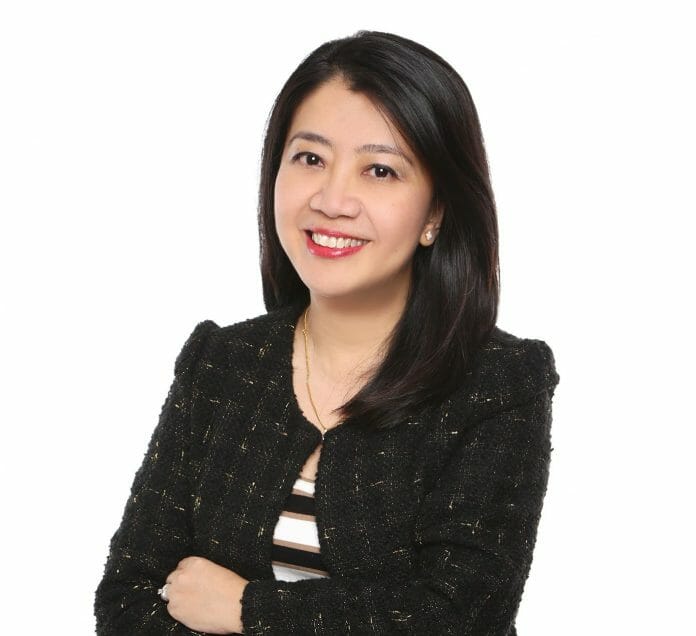According to the Department of Statistics Malaysia, the percentage of employed individuals dropped from 15.23 million in March to 14.89 million in May this year. The unemployment rate in May 2020 further escalated by 0.3 percentage to 5.3 percent after registering 5.0 percent in April 2020.
It is very common to see employers advertise job ads and engage recruitment agencies to fill vacancies. Most of the time promotion and transfers are also seen internally within the department.
Based on LinkedIn’s 2020 global talent trends report, the internal talent marketplace has been on the rise lately, marking the third most important trend for the future of HR. The report also revealed that 65 percent of talent professionals acknowledge their company needs to improve its internal recruiting.
Schneider Electric, a European multinational company providing energy and automation digital solutions for efficiency and sustainability, is one that utilises the internal talent marketplace in Malaysia.
The work culture at Schneider Electric is centred on cultivating and stimulating innovation among internal divisions. The Open Talent Market (OTM) is one of their unique HR talent strategies to “shake up” and rejuvenate their internal talent pool as well as create career development opportunities for every Schneider Electric employee.
The OTM is a disruptive technology acting as a one-stop-shop for career development by creating an internal talent market leveraging on Artificial Intelligence (AI) to match the supply and demand of talent throughout the company.
“Our OTM concept works well for Schneider because it promotes talent retention. Instead of looking for external opportunities, our employees can leverage this platform in their pursuit of career opportunities within Schneider Electric,” says Karen Lim, Schneider Electric’s Country Director and Head of Human Resources for Malaysia, Singapore, and Brunei.
According to human resource consulting firm, Mercer LLC, 72 percent of companies surveyed under its latest Pulse Survey are likely to reduce spending on recruitment in 2020. Additionally, 37 percent said they will only hire for replacements this year, while another 43 percent are planning to implement a hiring freeze.
When Schneider faced the realities of the pandemic, they realised the value the company-wide portfolio of short-term projects had allowed them to optimise their workforce.
“It helped match managers who did not have enough manpower with employees who had the capacity and bandwidth to help. So, if a manager needs additional support, they can raise their hands by posting up projects on the OTM. Employees who have the bandwidth can volunteer to take on these projects.
Not only does it benefit the organisation, but the OTM creates a win-win situation because employees can see the value when they gain the experiences they need and grow laterally as well,” Karen explains.
Expanding horizons
Earlier this year, the Malaysian Employers Federation (MEF) Executive Director Shamsuddin Bardan highlighted the government’s inability to fulfil the one percent persons with disabilities (PWD) requirement in the public sector policy after more than three decades. This further reflects the situation of employment for PWDs in the private sector.
In the private sector however, the job market is a level playing field. The PWD candidate needs to compete with normal candidates for the same job.
“At Schneider Electric, we open the door to all talents including those who are differently-abled. We believe in providing equal opportunities for all employees and this extends to less fortunate candidates.
I believe that building a team with diverse talents can cultivate innovation and fresh new ideas for the business. This will uniquely position any organisation in the industry it strives in,” Karen emphasises.
The Mercer Malaysia Total Remuneration Survey 2020 has also revealed that companies have seen some success with remote working, with close to 50 percent stating that it has not impacted the level of productivity.
As uncertainties arise from the unprecedented circumstances, many organisations globally have opted for remote working as part of the battle against the virus and to also adapt to the new normal. In Karen’s opinion, the health and safety of Schneider Electric’s employees continue to be a key priority and she sees working from home as just the means to work-life integration during this period and even after the pandemic settles.
She also highlighted that a trusting work culture and an environment of psychological safety will create an ecosystem where employees look forward to work every day.
“A closely engaged and happy workforce can cultivate productivity and naturally lead to positive business results,” she says.
Besides the OTM, Schneider’s early career talent strategy includes virtual and in-person internships, graduate programmes, and apprenticeships. One example is the global Go Green in the City initiative that encourages graduating cohorts to participate and contribute their bold and innovative ideas.
“We are also looking at partnering with local colleges and universities to drive interest in fresh talents. We are in the midst of planning now and will share more information when the time is right,” Karen concludes.









